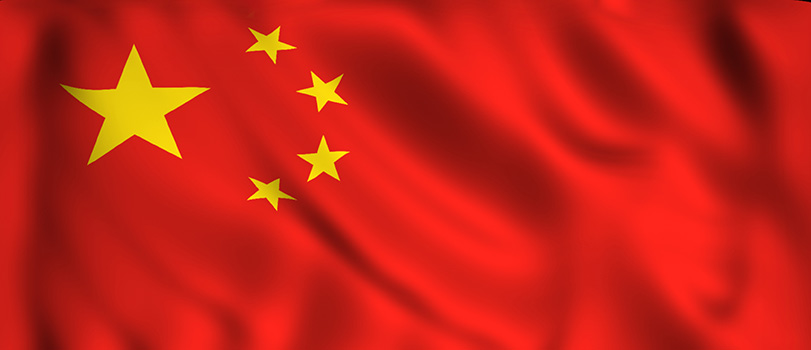©2025 Keller and Heckman, LLP
China Approves New and Expanded Usage Food-Contact Additives

On May 7, 2025, the National Health Commission of the People’s Republic of China (NHC) approved one additive with expanded usage and two new resins for use in food-contact materials. The substances and specifications are listed below.
Additive with Expanded Usage
- Behenamide (CAS No.: 3061-75-4) is to be cleared for use in polybutylene terephthalate (PBT) and polylactide (PLA) plastics at a maximum use level of 0.4%. PBT and PLA plastic materials and products containing this substance are limited to single-use that are used for long-term storage at room temperature after room temperature filling (including hot filling, pasteurization or other heat treatment). The above-mentioned restricted use requirements must be marked in accordance with the provisions of GB 4806.1.
New Resins
- 1,4-Benzenedicarboxylic acid, polymer with 2-methyl-1,3-propanediol and tricyclodecanedimethanol (CAS No.: 1699749-26-2) is to be cleared for use in coatings and coating layers at a maximum use level of 25% (on the dry weight basis of the film). The specific migration level (SML) is 7.5 mg/kg as 1,4-Benzenedicarboxylic acid; 5 mg/kg as 2-methyl-1,3-propanediol; and 0.05 mg/kg as tricyclodecanedimethanol. The use temperature of coating and coating layers produced containing this substance as a raw material may not exceed 131°C and may not be used to produce food-contact materials and products for infants and young children. The above-mentioned restricted use requirements must be marked in accordance with the provisions of GB 4806.1.
- Polymer of 1,3-phthalic acid, 1,4-phthalic acid, phthalic anhydride, maleic anhydride and 1,2-propylene glycol, 1,2-ethylene glycol, diethylene glycol, copolymer of styrene (CAS No.: 1253842-93-1) is to be cleared for use in plastics at the necessary dosage. The SML is 5 mg/kg as 1,3-phthalic acid; 7.5 mg/kg as 1,4-phthalic acid; 30 mg/kg as maleic anhydride; and 30 mg/kg as ethylene glycol. The use temperature of coatings and coating layers produced with this substance as a raw material may not exceed 131°C and may not be used to produce food-contact materials and products for infants and young children. The above-mentioned restricted use requirements must be marked in accordance with the provisions of GB 4806.1.